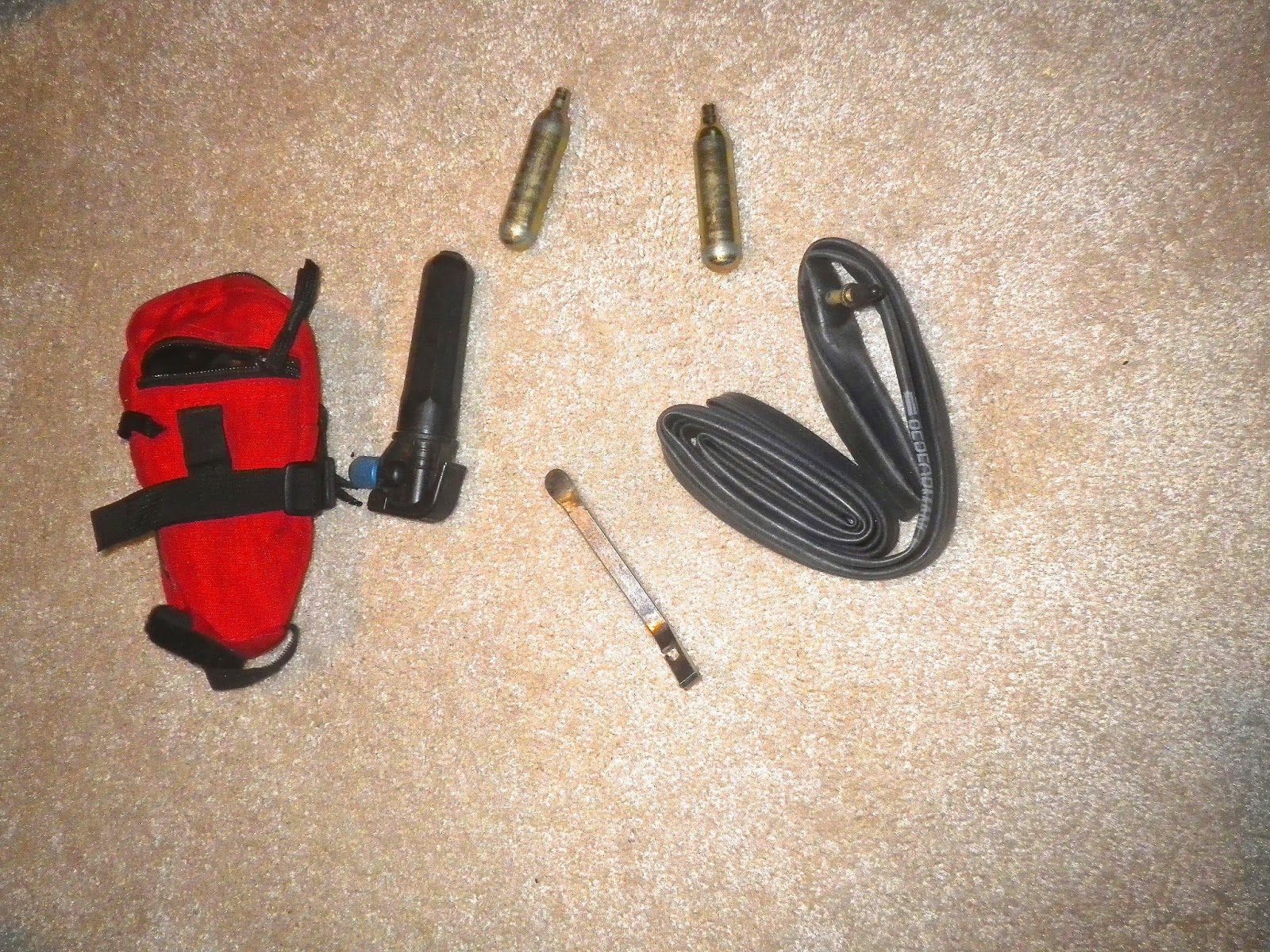Winter Bicycling
The Bike Ride
I go on an outside activity just about any time of the year. If someone wants to go I am willing to venture out with them. I have several friends in Richmond, Virginia who share that same desire to be in the outdoors.
I was recently invited to go on a bicycling trip around Richmond one Saturday morning. For many years I lived in the Richmond suburbs and worked in the downtown area. I bicycled to and from work every day for fifteen years in all kinds of weather. Many times I cycled the twenty mile trip during cold, rainy, snowy, and icy conditions. I was prepared to take on the January winter cycling challenge.
We started at 6:30 AM on Saturday with the temperatures near twenty degrees. It was still dark and headlights and tail lights were a necessity. It is important to check the condition of your bicycle before you start. I did not check my bike before we started peddling and found out that my shifter cable to my rear derailer had jammed in a mid-range gear, and I had to peddle the thirty miles with what amounted to riding a side walk bike. Fortunately, we did not have to go up too many hills, I could stand up and pump up those hills. During the ride we averaged ten to twelve miles per hour which made a chill factor below freezing. Richmond had just experienced a week of snow and freezing rain. The roads were covered with sand and chemicals used to treat them for safe automobile travel. When you ride on a road like this your tires pick up the road treatment, and at the end of your ride your chain is coated with lots of sand and debris.
Gear
Bicycle - Start with a bicycle in good mechanical condition and with a working headlight and tail light if you will be starting before daylight. I prefer using toe clips rather than snap on pedals. I have had several accidents riding in the city using both types of pedals, and my injuries have been less with the toe clip cage type of pedals. I have installed a small bicycle rack over the rear tire to carry extra gear and to stop the splatter from the rear tire onto the back of my clothes. On my down tubes there are two water cages for my water bottles and for carrying extra tire gear. An insulated water bottle will keep the water from the freezing during chill factors.
Cycling tights - Cycling tights go over your regular cycling shorts. The tights are normally a synthetic tight-fitting fabric to give you and extra layer of clothing to shield the cold wind. With temperatures near freezing the tights are built with a wind proof front fabric over a warmer breathable rear fabric. Overlapping extra folded material at the knees allows for freedom of movement while peddling. A draw string at the waist keeps them from slipping down, and zipped bottom cuffs make it easy to remove without taking your cycling shoes off.
Front
Back
Cycling base layer - A base layer of a tight fitting non-cotton breathable synthetic long sleeve shirt allows the sweat to wick away from the body. A half zippered neck allows for venting heat away from the body.
Base long sleeve non cotton layer
Top layer - A short sleeve half-zippered wool top layer Jersey wicks the perspiration away from the body.
Top layer wool cycling jersey
Winter cycling coat - A winter cycling coat usually consists of a wind resistant fabric in the front and a breathable synthetic fabric in the rear.
Reflective wind breaker- May be worn outside of the cycling coat.
Reflective vest - May be worn in place of a jacket in warmer weather.
A balaclava - May be worn to protect the face from wind burn.
Neckerchief - A neckerchief is sometimes used to protect carotid artery in the neck from the cold.
Toe clip hoods - While cycling in the cold your toes do not get good blood circulation. You can buy a small hood that you Velcro around your toe clip to protect your toes from the severe chill factors.
Touring bicycling shoes - No Snap-ins cleats. It is a good idea to wear cycling shoes that you can walk in, in case you have bicycle malfunctions. In that way you can walk to a near by house or business.
Socks - The proper wool socks are important because you do not want them to be too tight and restrict the blood flow to your feet. A silk inner sock and a wool outer sock should be enough protection to guard against numb feet from the cold.
Neoprene overshoes - These are covers available to help keep your feet warm. The shoe cover goes over your cycling shoe, insulating your foot from extreme cold due to very low chill factors.
Mirror - A mirror is essential in order to see approaching cars from behind you. It may attach to the handle bars or to the side of your helmet.
Tool/repair kit - Tire changing tool, extra tube, tire patch kit and some way to inflate the tire would be important to have in your kit.
Contents of tool/kit - Be sure to include a CO2 air pump, extra tube, tire changer tool.
Extra tools - You may also carry some extra tools such as an adjustable wrench, tape, and bungee straps
Water bottle/snack - Pack at least one water bottle for rehydration and a protein snack/power bar.
The pictures/information above include most of the equipment that I carry for a bicycling trip in the winter.
John 15:11 - These things I have spoken unto you, that my joy might remain in you, and your joy might be full.

















No comments:
Post a Comment